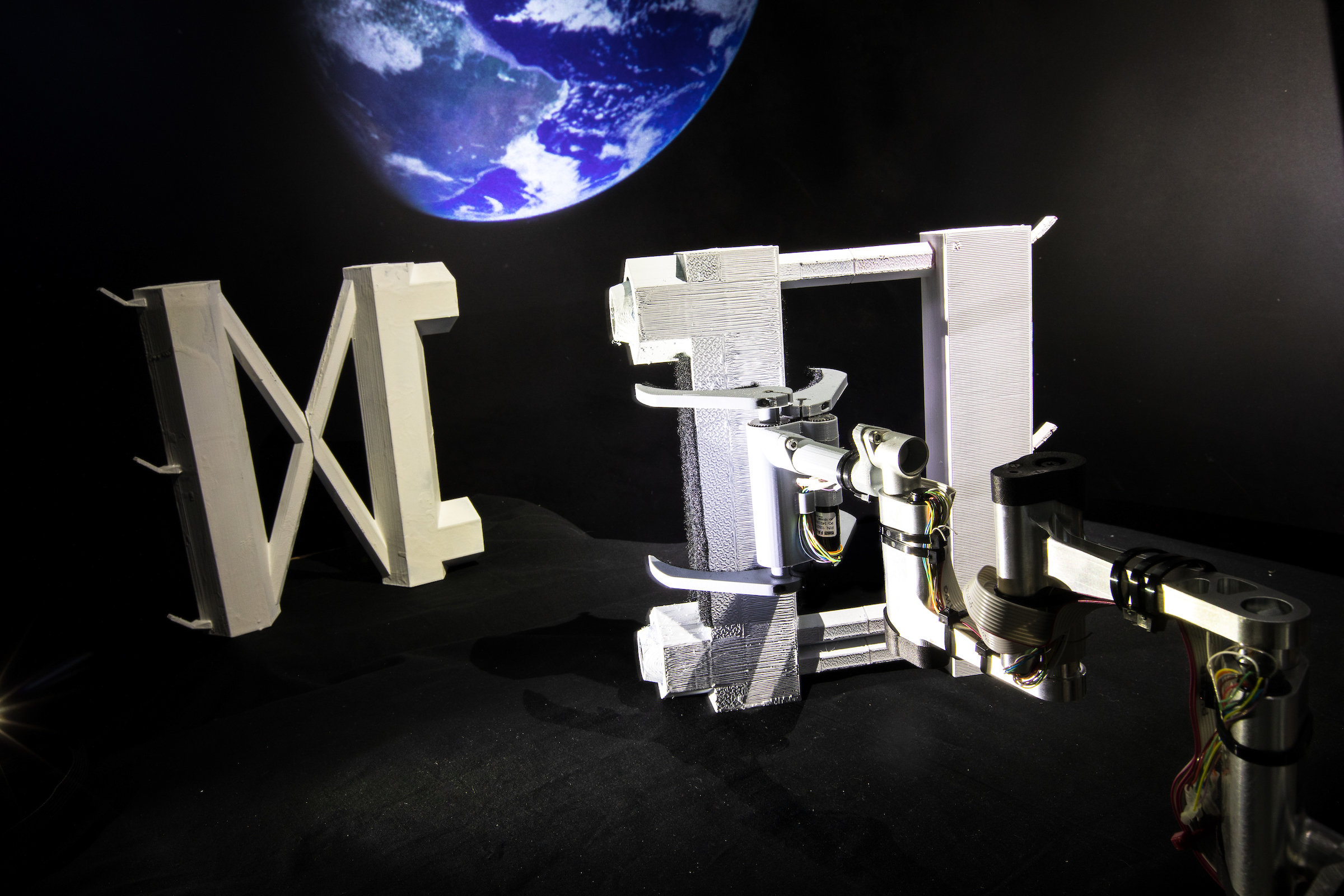NEXT WAVENANOSATELLITES
The downsizing of satellites is radically changing global communications. The lightweight and compact nature of nanosatellites reduces the economic cost for space launch and construction costs. Miniaturization and related developments are opening up new frontiers for companies in a wide range of fields, including universal broadband, information technology and environmental sciences.
With 1,100 nanosatellites launched into space so far, the value of the global space economy is more than $350 billion and could reach $1 trillion by 2040.
$350 billion
100+
by 2022
NEXT-GEN EXPLORATIONIN ARIZONA
As smartphones get bigger, satellites grow smaller — and cheaper. Space-worthy devices once the size of automobiles now fit in a shoebox. In the future, putting a satellite in space will cost a fraction of what it does today. The time to develop and launch a satellite, and start reaping benefits, will drop from years to days. Many incredible uses are forecast for these space-borne devices: Micro-satellites will distribute broadband to previously unreachable areas around the globe. Other satellites will measure shifting ocean currents with greater precision than ever before.












